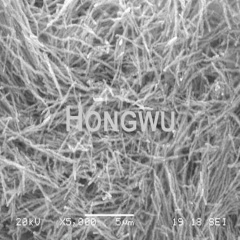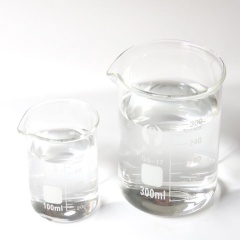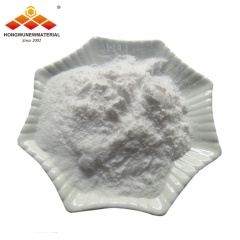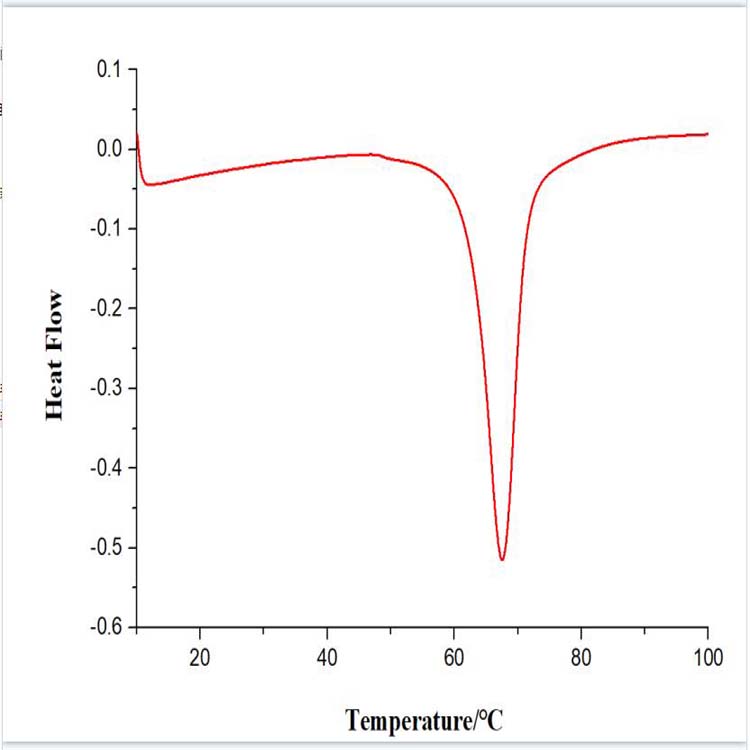Agglomeration is a worldwide problem in the application and research of nanoparticles. SIC Silicon carbide nanoparticles are in a state of energy instability due to their small particle size, large surface atomic ratio, large specific surface area, lack of adjacent coordinating atoms on the surface, large surface energy, and are therefore prone to condensation and agglomeration during preparation and transportation, forming secondary particles, which in turn affects the excellent performance of nano powders. In order to obtain better performance of silicon carbide nanopowders, it needs to be dispersed well.
According to the different dispersion methods, it can be divided into physical and chemical dispersion. Physical dispersion methods include mechanical stirring dispersion, ultrasonic dispersion, dry dispersion and high-energy treatment dispersion. The chemical methods include coupling agent method, surface graft polymerization modification method, dispersant dispersion and so on.
1. Physical dispersion of nano silicon carbide powder
1.1. Mechanical stirring and dispersing
Mechanical agitation and dispersion usually use external shear force or impact force to fully disperse nano powder in the medium. At the same time, mechanical stirring dispersion is also a mandatory dispersion method, and it is possible to re-bond and agglomerate after discharging the disperser. To improve the shortcomings of mechanical stirring dispersion, the means of combining with chemical dispersion are generally used for dispersion.
1.2. Ultrasonic dispersion
Ultrasonic dispersion is an effective way to reduce the agglomeration of nanoparticles. Ultrasonic dispersion is to directly place the particle suspension to be treated in the ultrasonic field, and use high-power ultrasonic waves for "irradiation" treatment. Strong shock waves and micro-jets can greatly weaken the nano action energy between nanoparticles, effectively prevent the agglomeration and make them fully dispersed. It is a dispersion method with high strength and good effect. But the ultrasonic vibration time should not be too long.
1.3. Dry dispersion
In humid air, the liquid bridge formed between the micro-nano powder is the main reason for the agglomeration of the ultra-fine powders. By heating and drying to slow the liquid bridge, the force between the particles can be reduced and the particles can be dispersed evenly. With the continuous emergence and application of new technologies and new equipments, as well as the continuous update and supplement of anti-cluster technology, the existing drying technologies include flash evaporation, spray drying, vacuum drying, solvent drying, freeze drying, supercritical drying and Microwave drying, etc. There are many methods of drying and dispersing, which are mainly used in the surface treatment process, and there are few in-depth studies at present.
1.4. High energy processing dispersion
High-energy treatment and dispersion is to generate active points on the surface of nanoparticles through the action of high-energy particles, increase surface activity, make it easy to chemically react or attach to other substances, and modify the surface of nanoparticles to achieve the purpose of easy dispersion. High-energy particles include corona, ultraviolet light, microwaves, plasma rays, etc..
2. Chemical dispersion of nano silicon carbide(SiC) powder
Although the physical method can better disperse the powder, once the mechanical action stops, the particles will agglomerate with each other, and the chemical method to modify the nano silicon carbide powder can greatly improve the dispersion of silicon carbide.
2.1. Coupling agent method
Various silane coupling agents are usually used to chemically bond the silicon carbide powder with the hydroxyl groups on the surface of the powder, change the original surface properties of the powder, and prevent the powder from agglomerating in the liquid phase. The coupling agent has an amphoteric structure, some of the groups in its molecule can react with various functional groups on the particle surface to form strong chemical bonds, and another part of the groups can undergo some chemical reaction or physical entanglement with the organic polymer. The particles treated with the coupling agent not only inhibit the agglomeration of the particles themselves, but also enhance the solubility of the nanoparticles in the organic medium, so that they can be better dispersed in the organic matrix, and the filling amount of the particles is increased, thereby improving the product quality and comprehensive performance.
2.2. Surface graft polymerization modification method
There are many surface-initiated graft polymerization modifications. Generally, different coupling agents are used as the base layer. Under the action of the initiator, organic compounds such as polyacrylamide and polymethyl methacrylate are grafted to make nano silicon carbide powder. The surface characteristics are changed, it is not easy to agglomerate, the affinity between the particle surface and water molecules is reduced, and the repulsion between the solid particles is enhanced to a certain extent, which plays a stabilizing role.
2.3. Dispersant method
The physical and chemical conditions required for good dispersion in the ultrafine powder phase are mainly achieved by adding an appropriate dispersant, which strengthens the mutual repulsion between the particles. Its mechanism mainly includes electrostatic stabilization mechanism, steric hindrance stabilization and electric space stabilization mechanism. The dispersants mainly include tetramethylammonium hydroxide, polyacrylamide, polyacrylic acid, polyammonium methacrylate, polyethylene glycol, sodium phosphate, etc.


 English
English français
français Deutsch
Deutsch русский
русский italiano
italiano español
español português
português 日本語
日本語 한국의
한국의 Türkçe
Türkçe

















 8620-87226359,8620-87748917
8620-87226359,8620-87748917

